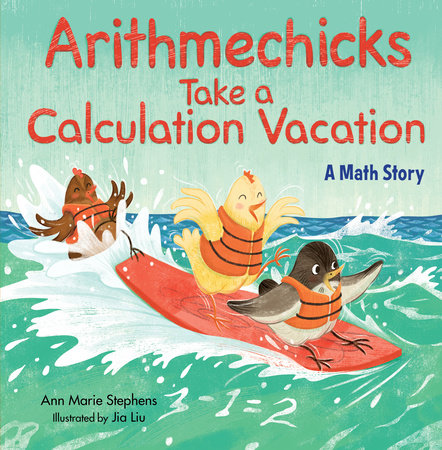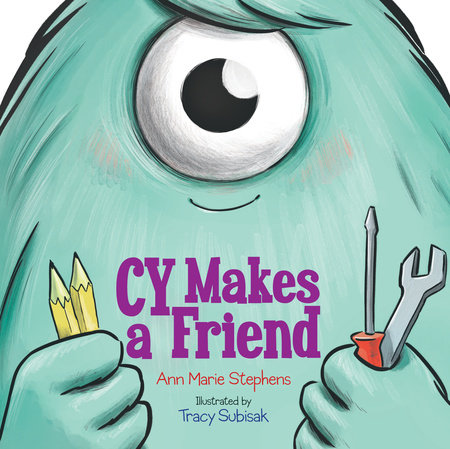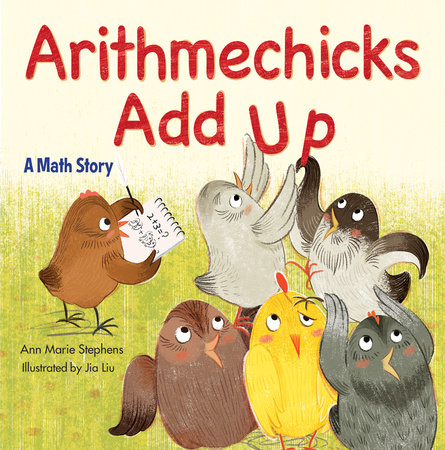Tips for Teaching Math to Young Kids by Ann Marie Stephens

When teaching math to anyone under the age of eight, you better wear your clown suit and get ready to put on a show. *Cue circus music!*
Well, I might be a tad dramatic, but your approach should definitely include the 3 A’s: Appealing, Applicable, and Animated. It’s not as tough as you might imagine because math is everywhere!
Here are a few helpful strategies. (Notice how I’m already using math to number this list!)
- Make math so appealing that your early learner(s) will find it irresistible. Be open to discussing their concerns or confusion in order to implement new techniques. Incorporate cool animal facts in word problems or take a walk outside to hunt for shapes. Use cereal or other small countable food for adding and subtracting. Then eat it, of course. Are there approaches that can provide bright, colorful, visuals? Speaking of which, let little ones generate posters of mathematical concepts, to display in your home or classroom. Read picture books pertaining to the specific content. Reenact some of the scenes for family and friends. I’d like to humbly recommend the ARITHMECHICKS series!
- When I was in school, math really clicked for me when it was applicable to my world. Consider the age of the learner and their personal interests. Then create opportunities based on daily routines, favorite subjects, and hobbies. For example, start a challenge to discover all the ways we use time in our lives. Pretend to work at a store through dramatic play to understand coins and counting. Bake treats using fractions. Measure the height of stuffed animals or family members with string or a ruler. It’s important to choose relatable situations and settings. We can train brains to recognize how much we use math in life and that it’s not just an isolated subject we study.
- If you own a clown suit, this is your moment! Adults are competing with TV, YouTube, music, and video games to win the attention of children. Which is why you should try to be animated!
Sometimes it takes a lot to keep their concentration and interest peaked. It’s highly effective to use a variety of modalities such as, visual, auditory, kinesthetic, and tactile. Sing made-up songs about shapes and numbers or find songs online. Dance while counting by fives. Make patterns with your body: clap, stomp, stomp, clap, stomp, stomp. Without speaking, use fingers to reveal an answer to a subtraction equation. Close your eyes and identify shapes by feeling sides, corners, and curves. Utilizing small and large muscles and the five senses, can increase comprehension, lower inattention, and provide endless fun.
Put yourself in the child role. If you had to learn something new and possibly difficult today, how would you prefer your instructor to approach you? Most likely, you’d appreciate it if the concept was exciting and felt like it had purpose. Bonus points if it’s woven into one of your beloved interests such as baking, the beach, or cats. Kids are always looking to relate. When you talk about your dog, they want to tell you about theirs too. They just need a little guidance and a variety of chances to see math naturally.
Support + creativity + math = success.










